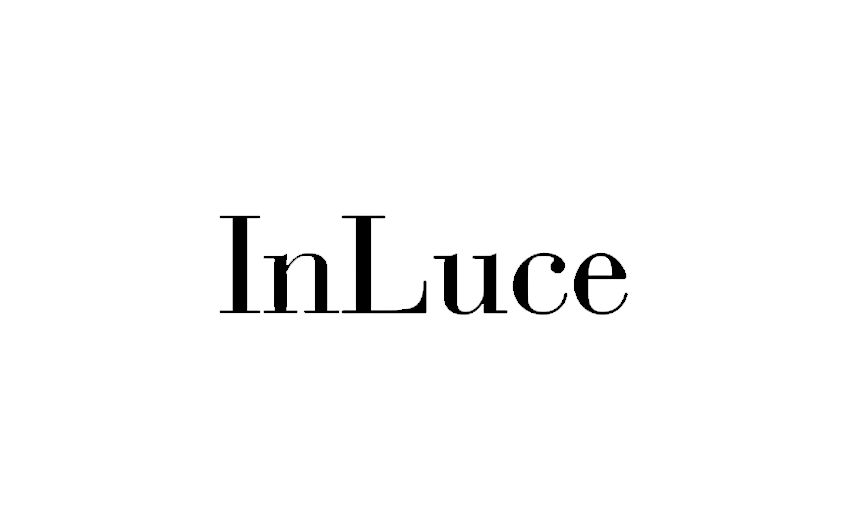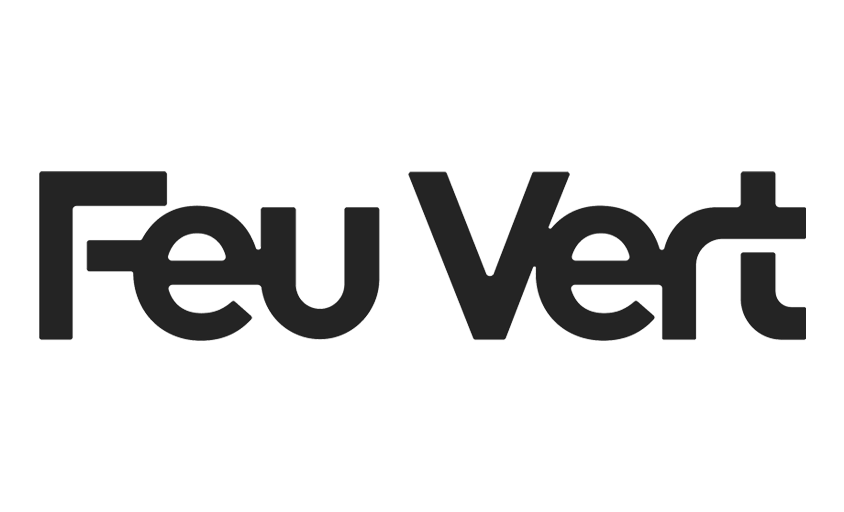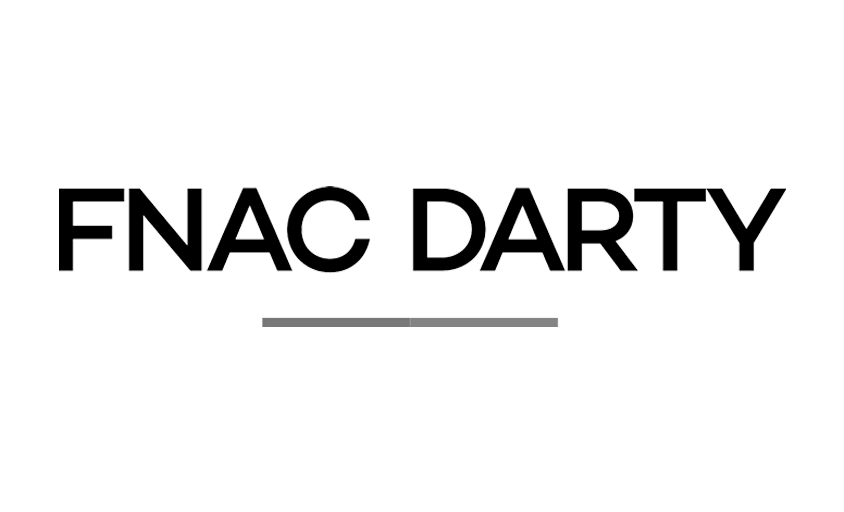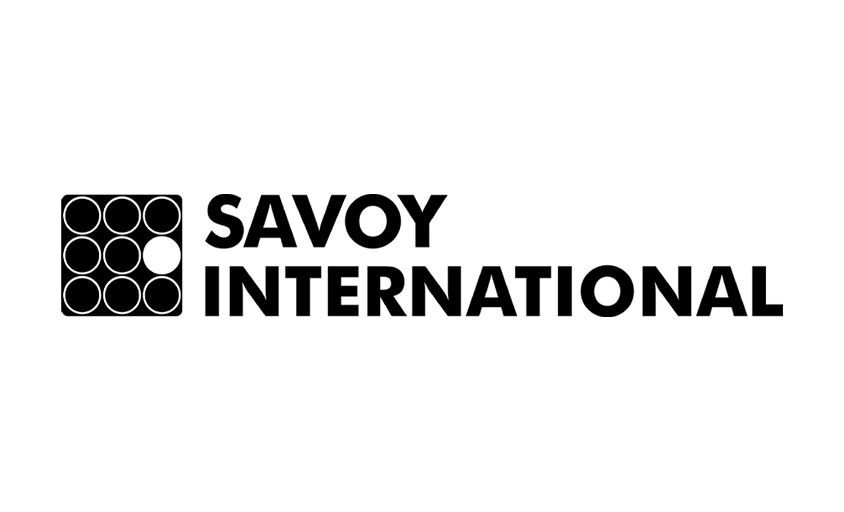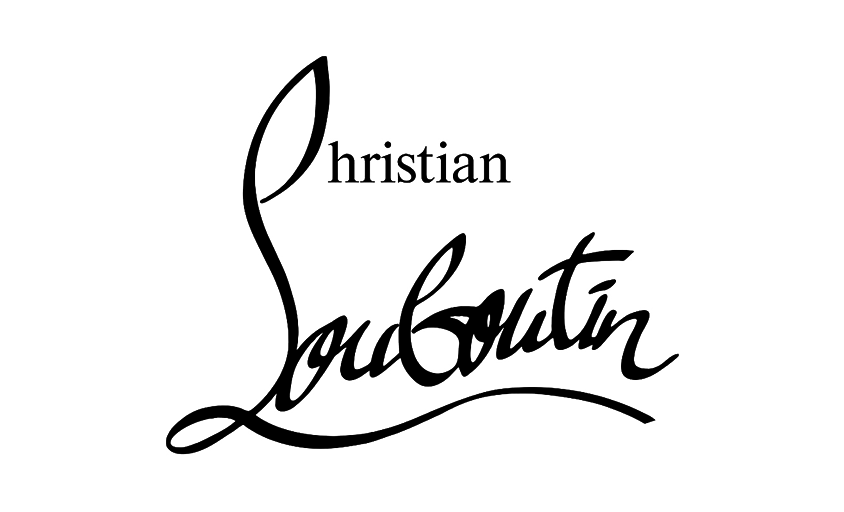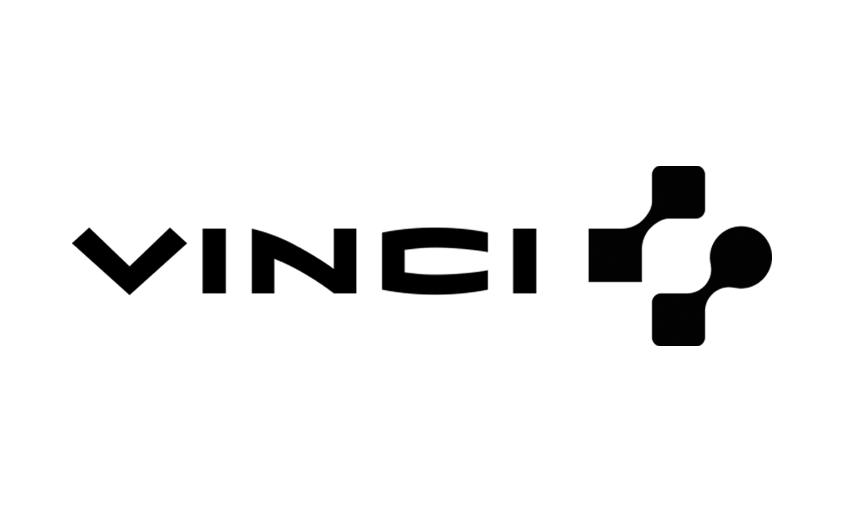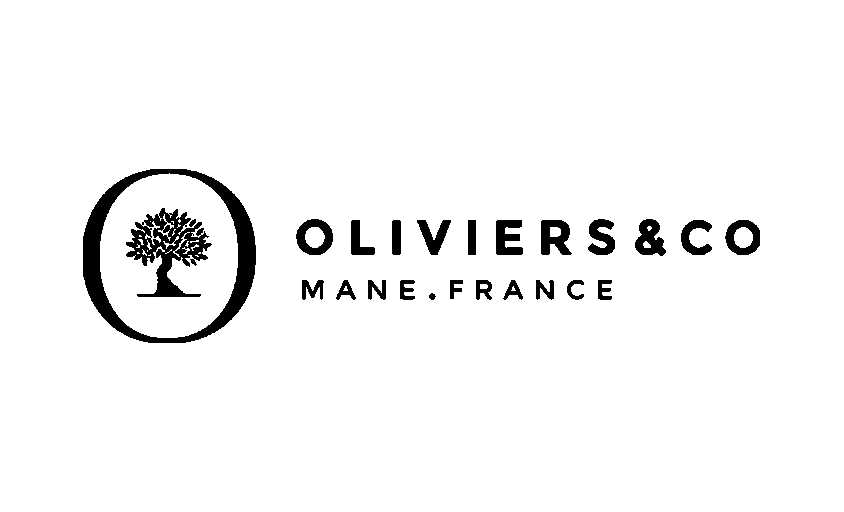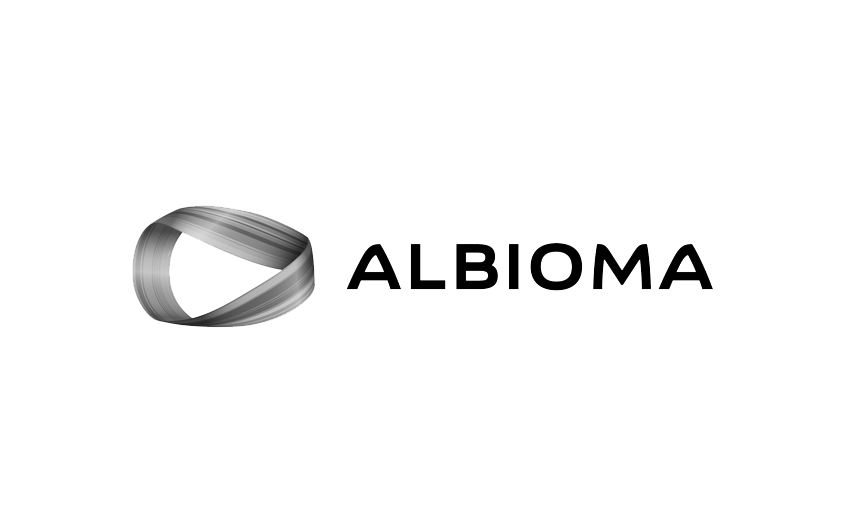Color Temperature
In this article :
In photo retouching, color temperature plays a crucial role in the balance and aesthetics of an image. It defines the perceived color dominance, directly influencing the atmosphere and emotion it conveys. Measured in kelvins (K), it ranges from cool tones (blue) to warm tones (orange). Adjusting this temperature in post-production allows for correcting unwanted color casts or creating a specific visual mood, ensuring a cohesive and harmonious result.
Definition and Impact of Color Temperature
Color temperature is a property of light that influences how the hues in an image are perceived. Warm light (around 2000-4000 K) produces yellow and orange tones, often associated with soft, natural atmospheres, while cool light (5000-10000 K) tends toward blue, evoking a more modern or dramatic mood. An improperly adjusted setting can lead to an unwanted color cast, affecting the overall balance of tones. In post-production, correcting color temperature ensures a faithful representation of lighting or allows for adding an artistic touch to the visual.
Techniques and Adjustments in Retouching
Modern retouching software offers several tools to adjust color temperature:
- Temperature Slider: Quickly adjust the color cast by warming or cooling the image.
- Localized Correction: Apply targeted adjustments to balance specific areas without affecting the entire visual.
- Manual Calibration: Precisely adjust RGB values to control the impact of color temperature.
- Use of Neutral References: Select a gray or white point in the image for the software to automatically adjust the color balance.
These techniques help refine the visual output and ensure a color harmony that aligns with the artistic intent of the photo.
Color Temperature and Visual Consistency
In photo retouching, maintaining color consistency is crucial, especially when processing a series of images for a single project. A poorly calibrated temperature can create discrepancies between photos and disrupt the uniformity of the composition. Additionally, adjusting the color temperature can also be a deliberate aesthetic choice: a cool tone for a cinematic effect or a warm tone for a sense of warmth and naturalness.
Conclusion
Color temperature is an essential parameter in photo retouching, influencing not only the accuracy of tones but also the overall atmosphere of an image. By mastering it, you ensure precise color reproduction and a striking visual result, whether realistic or creative. Whether you aim to correct a color cast or stylize a scene, adjusting the color temperature is a key step in your retouching workflow. Ready to give your images a perfectly controlled atmosphere?
Jérémy Carlo is the editorial director at Rétines, where he ensures the consistency and clarity of all content produced by the studio.
Our Clients
Let’s discuss
What we do for you at Rétines
Meticulous work, an organised project and fast delivery. And to achieve this, we mobilise the right resources in our teams at the right time.
01
Pre-production
Artistic and technical direction tailored to the project.
Relevant recommendations on content, form and resources.
02
Photo Shooting
Photos taken by our experienced photographers.
Production that’s controlled, efficient and tailored to the needs of the project, with nothing superfluous.
03
Retouching
Technique
Photographs magnified by our retouching team.
Post-production to meet the commercial challenges of the brief.

